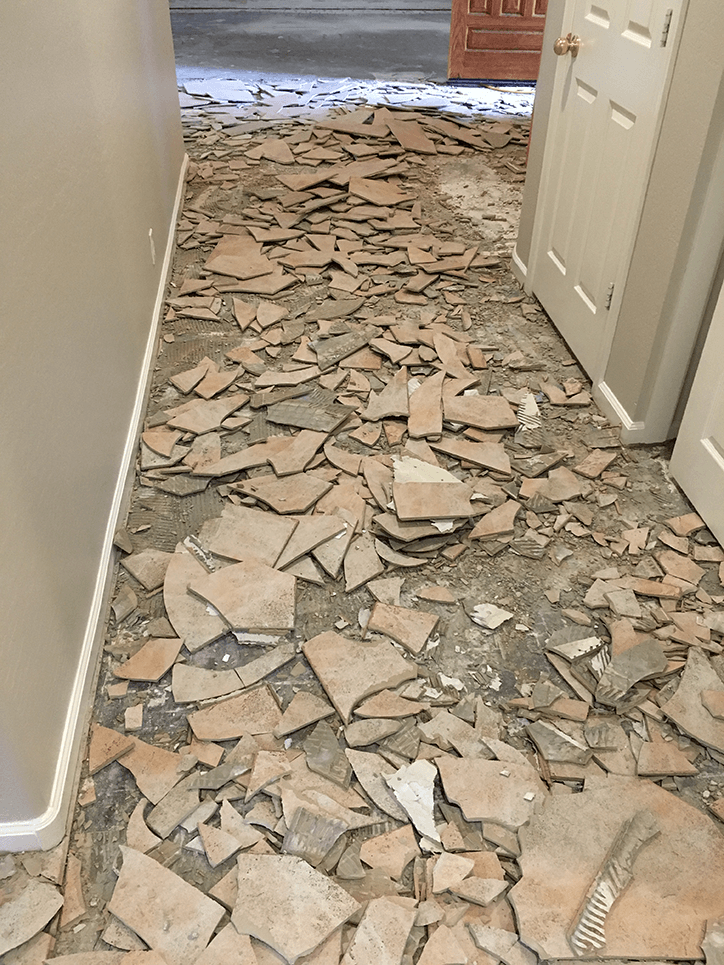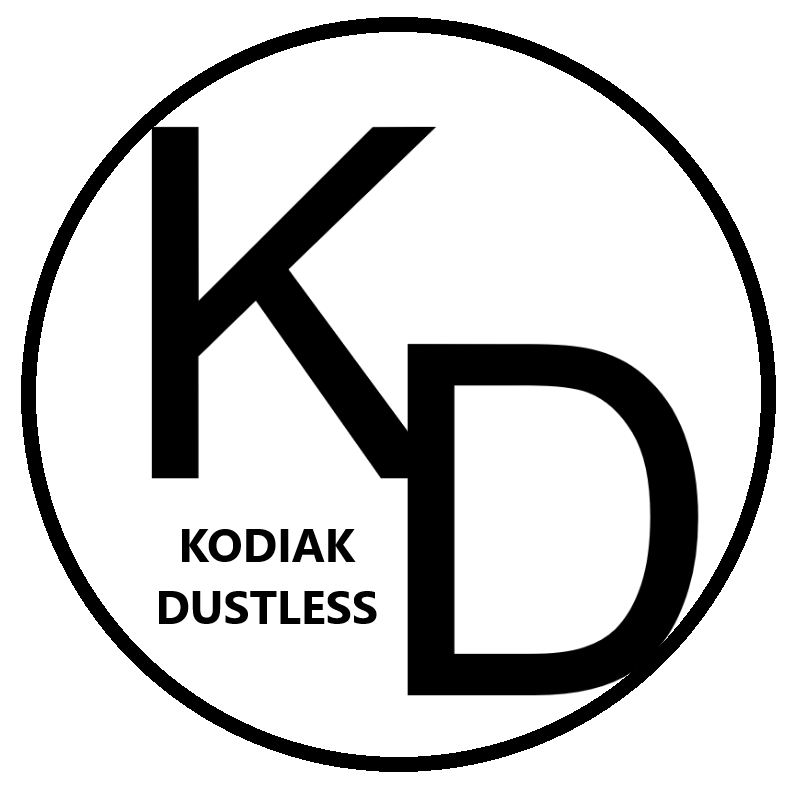
Although tile is widely regarded as the most water-resistant flooring option, few people realize that water can weaken the adhesive and grout used to seal the tiles.
The adhesive bond between the tiles can be weakened by prolonged exposure to standing water. Some tiles on the floor may be shaky because the adhesive seal that originally glued them there has worn thin.
The damage is typically much more extensive than it initially appears, even if only a few tiles appear to be affected. Typically, the problem spreads throughout the subfloor.
That calls for a professional tiler to remove the existing floor covering and replace it with a brand-new one. If you want to know more about how tile flooring reacts to water, Kodiak Dustless is the company to follow.
Signs to Replace Your Flooring?
How can you tell if your tile floor has water damage? From afar, it’s hard to tell. First, you must inspect tiles for wobbles and mold spores. Flooding loosens floor tiles.
Ceramic tiles can withstand water for a long time, but adhesive and grout can loosen over time.
A leaking kitchen pipe may drip water on the floor. This could affect nearby tiles. Plywood or particleboard under the top surface would stain or mold the tiles. Soon, the tiles would loosen.
Do I Need To Remove Tile After Water Damage?
Rip up the tiles, remove the water, clean the surface, swap out the particleboard, and then seal the tiles with adhesive and grout to stop or fix water damage.
Removal of tiles is a time-consuming and dust-generating process. With all the tile dust, it’s not exactly one of the safest occupations. As time has progressed, so too have machines.
Traditional tile removal was a sloppy process due to dirt particles. In addition to increasing the risk of developing lung cancer, it has been linked to silicosis and pulmonary fibrosis.
In addition to the standard methods, some businesses offer free removal of tiles. In comparison to the standard approach, this one has some safety benefits. Pros use plastic and tape to seal off dirty areas. Silica particles are easily dispersed through the air and will not affect other rooms.
When breathed in, these particles can wreak havoc on the respiratory system. So we’ve come up with a new method that ensures the removal of the tiles will not generate any dust. In various situations, our dust-free tile removal method has proven effective.
Chandler Dustless Tile Flooring Removal is the Safe Option
Dust-free removal is essential when replacing water-damaged tiles. It’s compatible with any tile substrate. Mason board, ceramic, stone, Saltillo, and cement floors are compatible with our method. In addition, this approach is risk-free and won’t allow dust to settle.
With practice, we were able to eliminate dust while removing tiles. In addition, our state-of-the-art equipment is much more efficient than manual tile removal or free online resources.
You’ll spend less time mopping the floor, and your family will have better health.

Avoid Silica Dust With Chandler Dustless Tile Removal
Lung cancer has previously been linked to silicosis and pulmonary fibrosis. The thin-set mortar and tiles are slowly removed by our machine, which also collects the dust as it chips, hammers, and grinds them.
This method eliminates silica from the air and the water simultaneously. Young people, animals, and their families can all benefit from this because it lessens the likelihood of respiratory issues.
Water damage to your tile floor? We can take care of that for you. Our tile removal service is quick and clean, requiring no cleanup afterward because of the lack of dust.
To ensure you’re working with the top tile floor removal professionals, Contact Kodiak Dustless, or you can fill in the compact form for a direct reply.
You can check out customer reviews here, ‘SoTellUs’ and the for more information.
